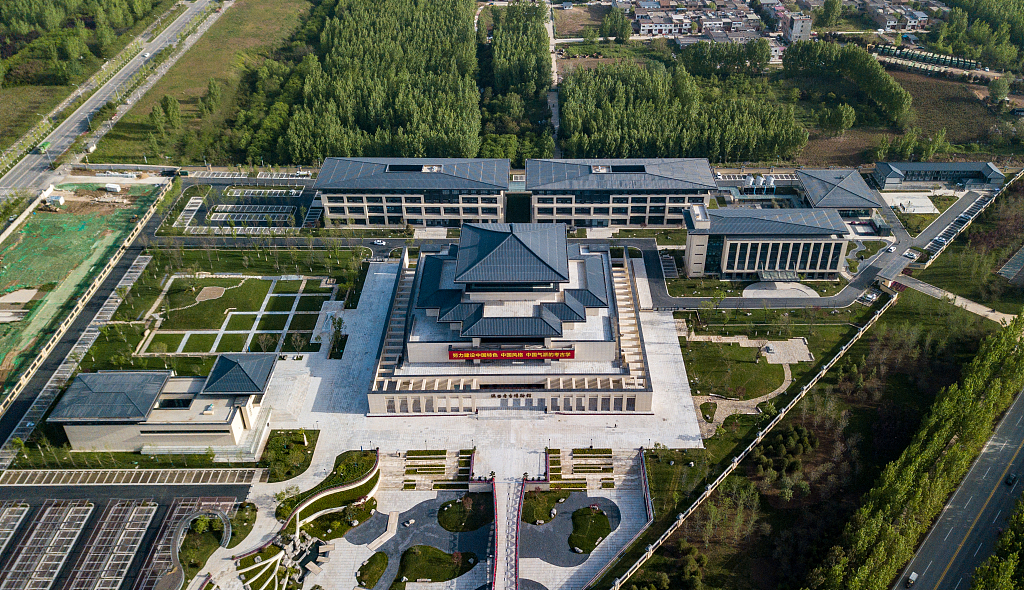
An aerial view of China's first archaeological museum in the city of Xi'an, Shaanxi Province, April 18, 2022. /CFP
An aerial view of China's first archaeological museum in the city of Xi'an, Shaanxi Province, April 18, 2022. /CFP
Construction on China's first archaeological museum in the northwestern province of Shaanxi, home to the famous Terracotta Warriors, has been completed and the site will soon welcome its first visitors, according to the Shaanxi Academy of Archaeology.
With an indoor exhibition area of 5,800 square meters and an outdoor exhibition area of 10,000 square meters, the museum will have on display a total of 5,212 cultural relics, all unearthed from archaeological sites in the province. Nearly 90 percent of them will be exhibited to the public for the first time, such as the stone carvings first discovered at the Neolithic City of Shimao 4,000 years ago.
"The column-shaped stone carving from the Shimao site features the image of a double-faced deity. Such stone carvings were rarely seen in early Chinese archaeological findings," said Sun Zhouyong, head of the Shaanxi Academy of Archaeology.
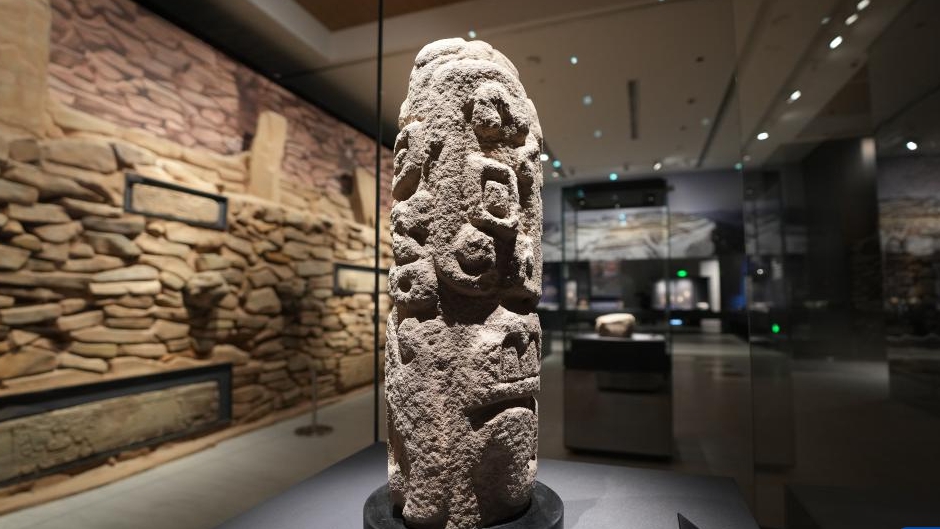
A stone carving unearthed from the Shimao site in Shenmu County, northwest China's Shaanxi Province. /Xinhua
A stone carving unearthed from the Shimao site in Shenmu County, northwest China's Shaanxi Province. /Xinhua
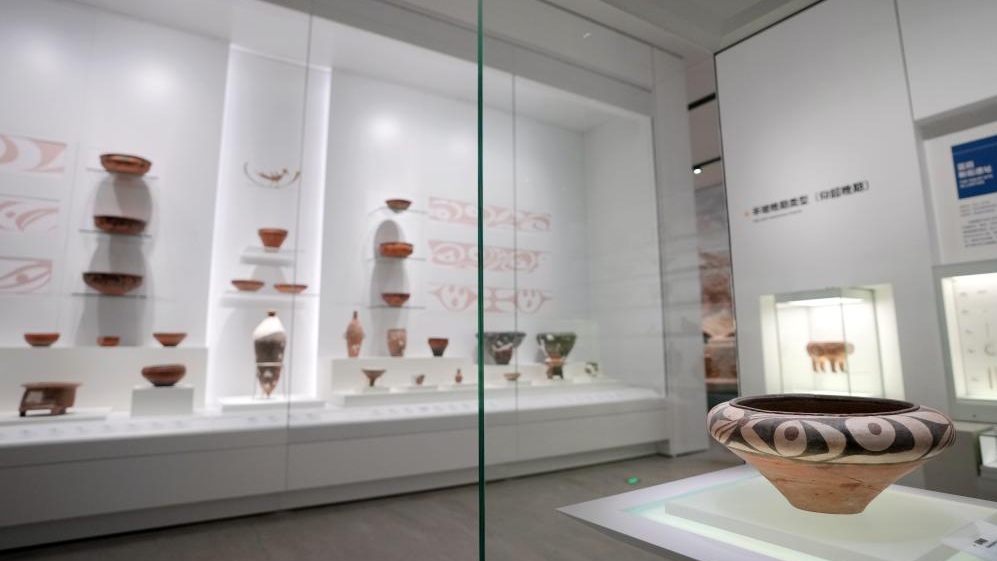
A collection of painted pottery vessels from the Yangshao Culture (5000-3000 BC), a Neolithic culture derived from the middle reaches of the Yellow River. /Xinhua
A collection of painted pottery vessels from the Yangshao Culture (5000-3000 BC), a Neolithic culture derived from the middle reaches of the Yellow River. /Xinhua
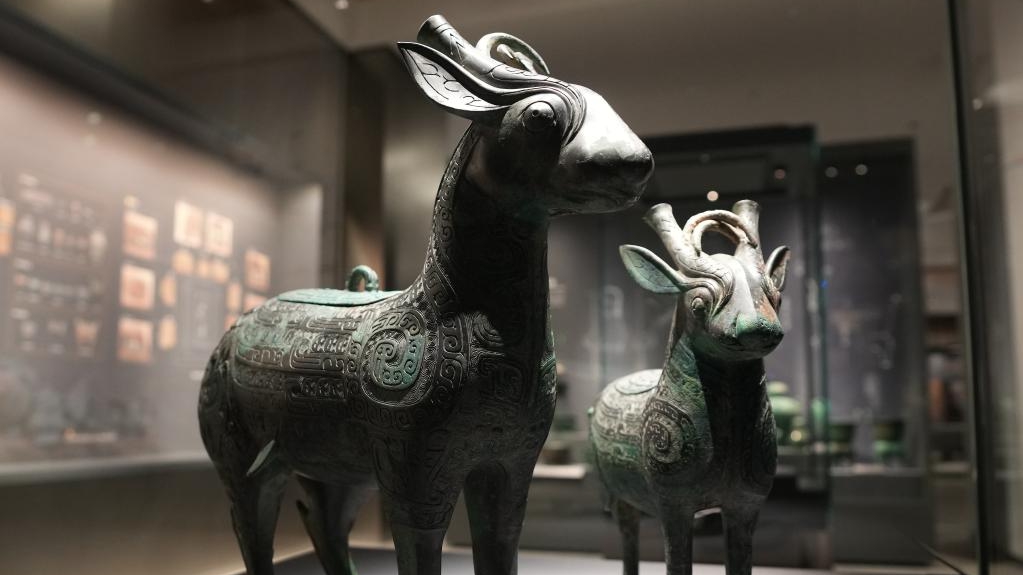
Artifacts unearthed from the Shang and Zhou Tombs in Shigu Mountain, Baoji, northwest China's Shaanxi Province. /Xinhua
Artifacts unearthed from the Shang and Zhou Tombs in Shigu Mountain, Baoji, northwest China's Shaanxi Province. /Xinhua
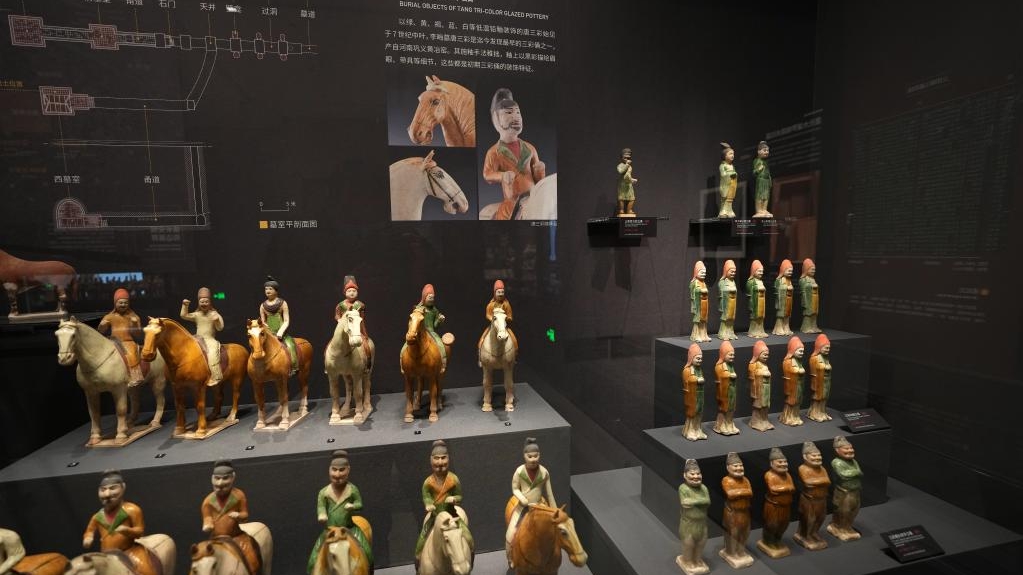
A collection of tomb figures from the Tang Dynasty (618-907). /Xinhua
A collection of tomb figures from the Tang Dynasty (618-907). /Xinhua
According to Sun, the museum displays will follow the development of Chinese archaeology, with cultural relics exhibited together with background on the sites where they were unearthed, as well as archaeological interpretations to offer visitors a glimpse of the field.
There will also be exhibitions focusing on three major archaeological sites, Yangguanzhai, Lushanmao and Shimao, to introduce the abundant remains of the capital cities during the Qin (221-206 BC), Han (202 BC-AD 220) and Tang dynasties as well as imperial mausoleums, tombs of nobles and commoners.
Construction on the museum began in late 2017.

